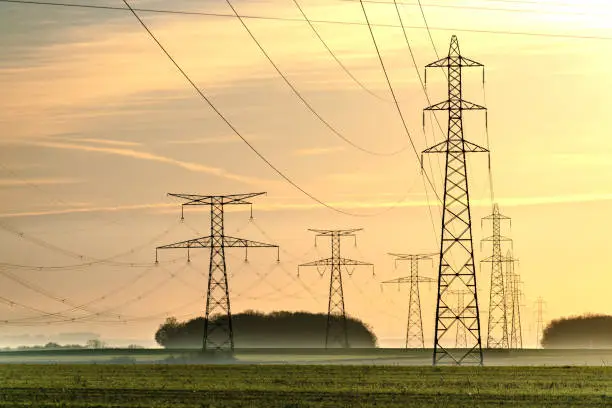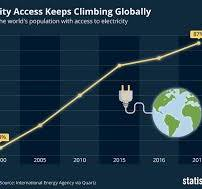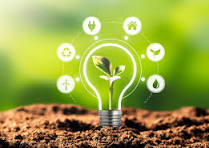BP Appoints New Chairman as Investors Push for Strategic Clarity
310m People Gained Access to Electricity Since 2015, Totally 92% World’s Population

310 million people have gained access to electricity since 2015, meaning that 92 percent of the world’s population now has basic access to electricity. The greatest growth in access between 2020 and 2023 occurred in Central and South Asia.

- 310 million people have gained access to electricity since 2015, meaning that 92 percent of the world’s population now has basic access to electricity.
- Over 666 million people still lack access to electricity in 2023, but this is an improvement since 2022.
- The greatest growth in access between 2020 and 2023 occurred in Central and South Asia.

Electrification reaches more people
Nearly 92 percent of the world’s population now has basic access to electricity. Over 666 million people still lack access to electricity in 2023, but this is an improvement since 2022. Since 2015, around 310 million people have gained access to electricity.
Eighteen of the 20 countries with the largest electricity deficits in 2023 were in Sub-Saharan Africa. The greatest growth in access between 2020 and 2023 occurred in Central and South Asia. Both regions made significant progress toward universal electricity access and reduced their basic access gap from 414 million in 2010 to just 27 million in 2023.

Renewable energy grows rapidly
The global share of renewable energy sources in total final energy consumption was 17.9 percent in 2022. Installed renewable energy capacity reached 478 watts per capita in 2023, indicating nearly 13 percent growth from 2022.
Installed renewable capacity per capita continued to increase year-on-year and reached a new high of 341 watts per capita in developing countries, up from 155 watts in 2015. Developed countries had over 1100 watts installed, while least developed countries and sub-Saharan Africa had only 40 watts per capita.
Distributed renewable energy reaches remote areas
The report highlights the role of distributed renewable energy in accelerating access to electricity. A combination of mini-grids and off-grid solar systems can reach populations that still lack connection. These people live mostly in remote areas with lower incomes.
Cost-effective and rapidly scalable decentralized solutions can reach communities in such rural areas. Decentralized solutions are also needed to increase access to clean cooking for the estimated 1.5 billion people living in rural areas who still lack access to clean cooking.

Clean cooking reaches more people
The share of the world’s population with access to clean fuels and technologies for cooking increased from 64 percent in 2015 to 74 percent in 2023. Around 2.1 billion people are still dependent on polluting fuels and technologies.
Off-grid clean technologies such as household biogas plants and mini-grids that facilitate electric cooking can provide solutions that reduce health impacts from household air pollution. More than 670 million people still lack access to electricity and over 2 billion people are still dependent on polluting and hazardous fuels such as firewood and charcoal for their cooking needs.

Energy efficiency improves gradually
Global energy efficiency has made progress in recent years. The global trend shows that primary energy intensity, defined as the ratio of total energy supply to gross domestic product, declined by 2.1 percent in 2022. This is an improvement of more than four times the weak improvement rate of 0.5 percent in 2021.
warpnews.org






